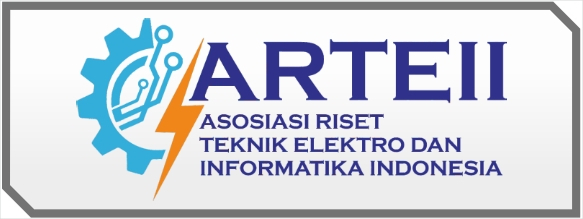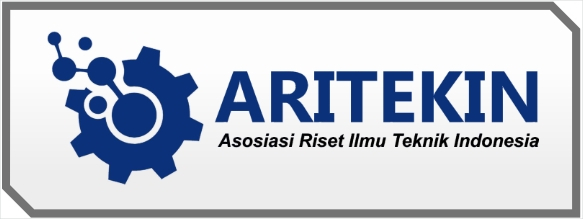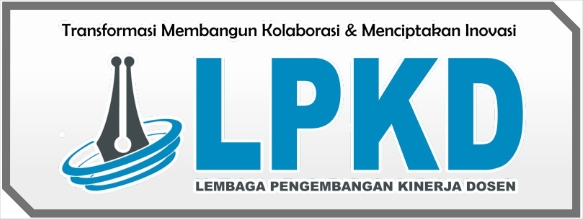VIRTUAL LABORATORY FOR VIRTUAL ANALYSIS IN TECHNICAL EDUCATION
DOI:
https://doi.org/10.55606/jeei.v2i2.915Kata Kunci:
Virtual Laboratory, Virtual Analysis, Engineering Education, Distance Learning.Abstrak
Face-to-face technical instruction is subject to the existence of instrumentation and room. The fee, security, and listing can manner blockade to the administration directly in the laboratory. Virtual analysis can be adopted to increase the scholar's expertise by combining pre-laboratory for live analysis and serving approach to implementing that cannot be used securely personality. Virtual learning is applied in many areas, but questions are left over about how it should be used in engineering, this is an area that is mainly dependent on face-to-face laboratory and classroom settings.
The purpose of this research is to adapt the common virtual laboratory idea to special demands, Virtual laboratories are not intended to change face-to-face discipline but to add to class time and offer a useful reserve as required. In addition, the experimental development method in this study was carried out by 3 virtual platforms: “Lab-VIEW”, “MAT-LAB”, and “Unity”. The 1st form of the Helicopter-machine Virtual Laboratory was advanced at Lab-VIEW. Virtual laboratories offer a semi-hands-on experience in college learning that might overlook physical learning. It means a type of active learning method to be adopted in university.
The result of this research is a brief investigation of development possibilities in Unity. So that in the future, Unity exploration can be done further and in more detail. Scope This research consists of themes plated by Engineering Measurement Laboratory 1 learning. Engineering lectures might reflect these topics to carry out Virtual analysis in their laboratory and traditional classroom learning. The points that might advantage of the method consist of Mechanical Systems Laboratory, Energy Systems Laboratory, Thermodynamics, and Dynamics. It is hoped that this research will cocked the expansion of more Virtual analysis that increase engineering education in the future.
Referensi
Chen X, Song G, and Zhang Y 2010 Proc. 12th Int. Conf. Eng. Sci. Constr. Pass. Challenging Environment. - Earth Sp. 2010 3843–52
Foley-Bourgon, V., & Hendren, L. (2016). Efficiently implementing the copy semantics of MAT-LAB's arrays in JavaScript. ACM SIGPLAN Notices, 52(2), 72–83. https://doi.org/10.1145/3093334.2989235
Jadzgevičienė, V., & Urbonienė, J. (2013). The possibilities of virtual learning environment tool usability for programming training. Innovative Infotechnologies for Science, Business and Education / Vilnius Business College, 2013, Vol. 1(14) 2013, p. 3-9; ISSN 2029-1035. http://leu.lvb.lt/LEU:ELABAPDB4360264&prefLang=en_US
Kimberly D. Tanner. Structure matters: Twenty-one teaching strategies to promote scholar engagement and cultivate classroom equity. CBE Life Sciences Education, 12 (3):322-331, 2013. ISSN 19317913. DOI: 10.1187/cbe.13-06-0115.
Li H 2015 World Trans. Eng. Technol. Educ. 13 544–9
Lyle D. Feisel and Albert J. Rosa. The role of the laboratory in Undergraduate Engineering Education. Journal of Engineering Education, pages 121-130, 2005.
Monhardt L and Monhardt R 2006 Early Child. educ. J. 34 67–71
Nedic Z, Machotka J and Nafalski A 2003 IEEE Frontiers in Education Conference (IEEE)
Raquel Asa. UCF and Boeing helped create virtual training pilots, in 2017. URL https://www.wftv.com/news/local/ucf-boeing-help-create-virtual-training-pilots/563155072/ .
Ren, S., McKenzie, FD, Chaturvedi, SK, Prabhakaran, R., Yoon, J., Katsioloudis, PJ, & Garcia, H. (2015). Design and Comparison of Immersive Interactive Learning and Instructional Techniques for 3D Virtual Laboratories. Computational Modeling and Simulation Engineering Faculty Publications. Doi: 10.1162/PRES_a_00221
Soliman, M., & Guetl, C. (2011). Evaluation of intelligent agent frameworks for human learning in virtual worlds. http://hdl.handle.net/20.500.11937/5451
Sun, Y., Barba Guaman, L., Valdiviezo Diaz, P., Dongfeng, L., & Riofrio Calderon, G. (2017). Integration of Virtual laboratory into Science E-learning. http://dspace.utpl.edu.ec/handle/123456789/18938
TB Obstfelder. Military Helicopter machine with Stand, 2016. URL https://assetstore.unity.com/packages/3d/vehicles/air/military-helicopter-machine-with-stand-12366f#gversion-current .
Ton De Jong, Marcia C. Linn, and Zacharias C. Zacharia. Physical and virtual laboratories in science and engineering education, Apr 2013. ISSN 10959203. URL http://science.sciencemag.org/ .
Torche, Paola (2017): MAT-LAB Filter Functions. figshare. Software. https://doi.org/10.6084/m9.figshare.5044708.v1
W. ASSAF, A. FAYYOUMI, C. TAURINO, & ELIA, G. (2009). Virtual eBMS: a Virtual Learning Community Supporting Personalized Learning. http://hdl.handle.net/11587/328184
Wessel, P., & Luis, J. (2017). The Generic Mapping Tool /”MATLAB” Toolbox. http://hdl.handle.net/10400.1/13235
Yizhe Chang, El Sayed S. Aziz, Zhou Zhang, Mingshao Zhang, and Sven K. Esche. Usability evaluation of a virtual educational laboratory platform. Computers in Education Journal, 16(1):24-36, 2016. ISSN 10693769. DOI: 10.18260/p.24973.25
Zhou Zhang, Mingshao Zhang, Yizhe Chang, Sven K. Esche, and Constantin Chassapis. Real-time 3D reconstruction for facilitating the development of Game-based virtual laboratories. Computers in Education Journal, 16(1):85-99, 2016. ISSN 10693769. DOI: 10.18260/p.24642.
Zhukov, Alexander P. EPICS Channel Access Server for Lab-VIEW. Computer Software. https://code.ornl.gov/az9/LVCA . USDOE. Jan. 18, 2017. Web. doi:10.11578/dc.20171025.1888.



.png)
.png)










